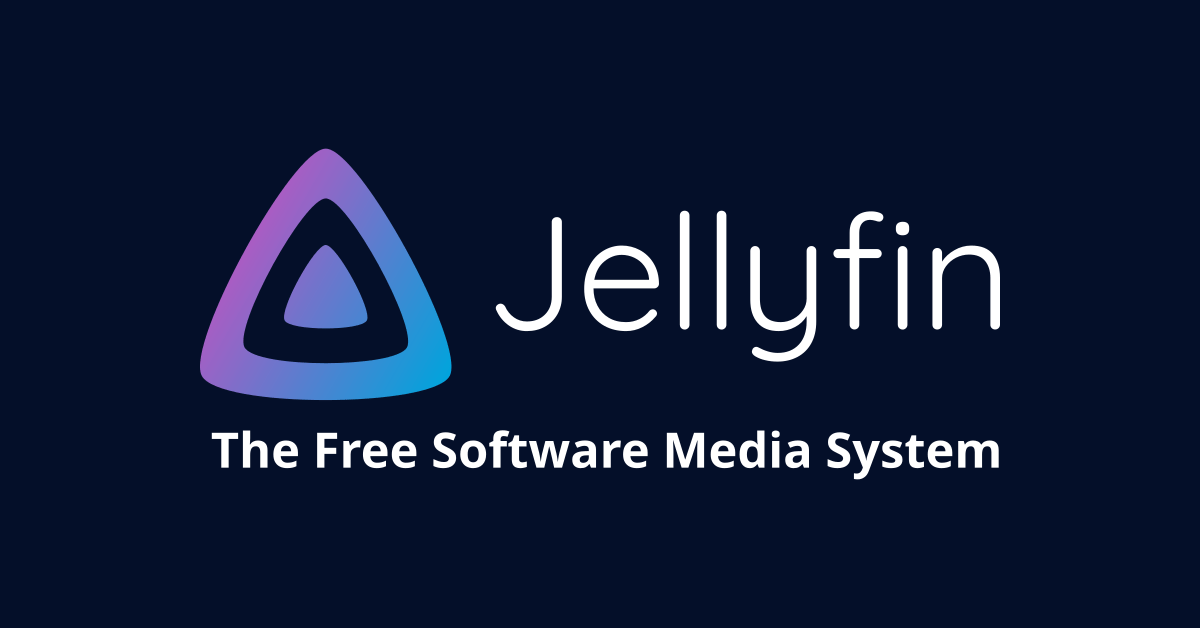
After a lot of planning, configuring, and testing, I’m excited to share that I successfully created a Jellyfin cluster that I’m really proud of! For those who might not know, Jellyfin is a free and open-source media server that allows you to stream movies, TV shows, music, and more to any device. It’s a fantastic alternative to services like Plex and Emby but without the limitations of subscriptions, licenses, or hidden costs. The best part is that Jellyfin puts you in complete control of your media and privacy, making it ideal for someone like me who loves to customize and optimize every detail.
My setup consists of 3 content servers that store and manage all the media files. These servers form the backbone of the cluster, ensuring that the media library is always organized and accessible. On top of that, I added 5 proxy/caching servers, each equipped with local cache storage. These caching servers play a critical role by handling user requests and delivering media efficiently, drastically reducing the bandwidth load on the content servers. Thanks to this setup, streaming is super fast, and playback is smooth, even with multiple users accessing the system simultaneously.
To make the cluster even more efficient, I implemented load balancing for transcoding activities. This means that when media needs to be converted into a compatible format for a specific device, the workload is intelligently distributed across the servers. This ensures that no single server is overwhelmed, keeping everything running smoothly even during peak usage times. It’s an essential feature for handling a high-demand setup like this.
But I didn’t stop there—I went all out with customization! I fully customized the web-based application, designing a user interface that’s not only functional but also tailored specifically to my preferences and needs. This makes managing and navigating the system a breeze. One of the most innovative features I added is automatic switching between OpenSubtitles accounts. This ensures that subtitles are always available, even if one account reaches its daily limit. It’s a small but incredibly useful detail that makes the overall experience seamless for anyone using the system.
The result of all this effort is a highly reliable, scalable, and optimized Jellyfin cluster that delivers a top-tier streaming experience. The content servers keep everything organized, the proxy/caching servers ensure quick and efficient streaming, and the load balancing guarantees smooth transcoding without any bottlenecks. Watching everything work so perfectly feels incredibly rewarding, and it’s satisfying to know that I’ve created a system that rivals commercial streaming platforms—but with complete freedom and no compromises.
This project has been a fantastic learning experience, and I’m thrilled with how it turned out. Now, I have a fully functional, customized media streaming solution that’s built entirely on my terms and works flawlessly for both personal use and sharing with friends or family.
If anyone is interested in seeing the platform in action, I’d be happy to demonstrate it via the internet. Just let me know, and I can set up a live walkthrough to showcase how it works and answer any questions you might have!

